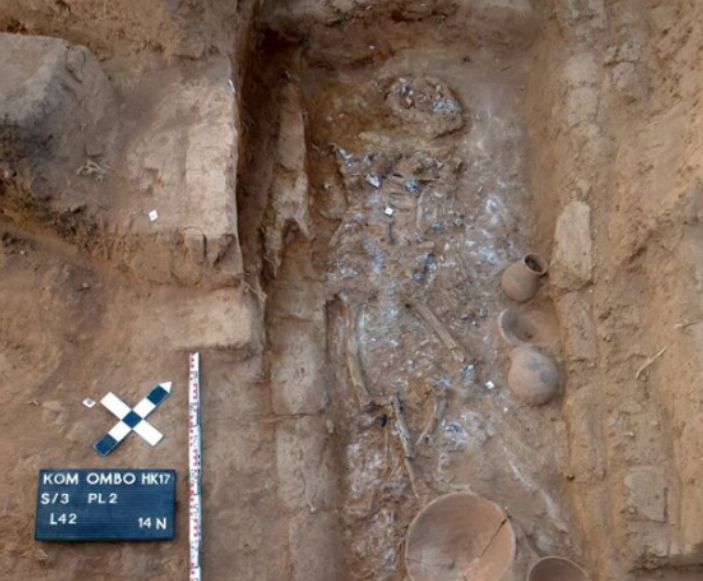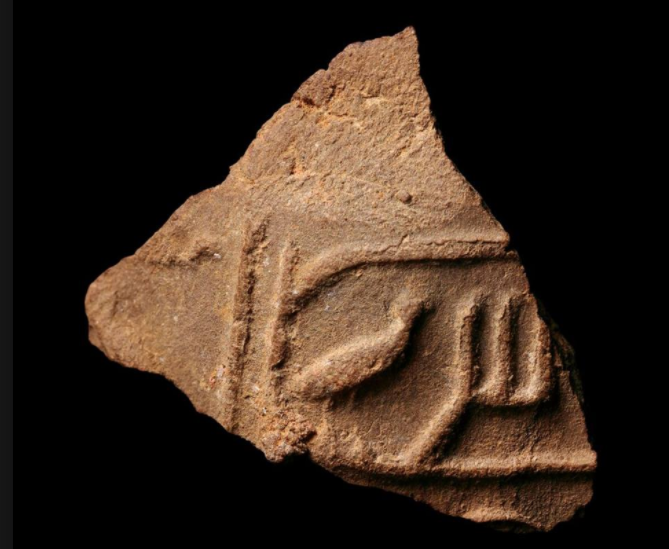3,500-year-old mummified child corpses found by archaeologists in Egypt
Antiquities ministry announces astonishing finds at Gebel el Silsila.

Archaeologists in Egypt have discovered the mummified remains of four children buried some 3,500 years ago near the southern city of Aswan.
The children were between two and eight years old and were buried alongside amulets, pottery and other furnishings, much of which has survived.
Egypt's antiquities ministry said international teams made the finds at an archaeological dig at Gebel el Silsila. It also announced the discovery of an ancient statue, ceramics, and part of a cemetery.
The four intact burial sites date back to the 18th Dynasty – three and a half millennia ago. The youngest of the children has retained its linen mummy wrapping.
It is not clear how the children died.

Dr Maria Nilsson, head of the Swedish team that found the remains, said the mission was shedding more light on the burial customs of the Thutmosid period as well as the social, economic and religious life of the people at the time.
At a separate location within Gebel el Silsila, an Egyptian-Swiss team unearthed a headless, 14-metre-high statue of a woman from the Greco-Roman era.
"Preliminary study on the statue reveals that it belongs to a lady and the dress she wears is similar to that of the Greek goddess Artemis, god of hunting and wildness, procreation, virginity and fertility," the ministry said.
An Egyptian-Austrian mission uncovered part of a cemetery from the First Intermediate Period with a number of tombs containing pottery vessels and grave furnishings.
Gebel el Silsila was used as a major quarry site in the 18th Dynasty, with almost all of the great temples getting their sandstone from there.
Ongoing excavations of the site are helping archaeologists understand the overall function and role of the area in the New Kingdom.
In January, researchers announced the discovery of crypts containing infants, animal burials and burial gifts. Project leaders are hopeful that more rich finds will come.
The discovery of vast number of remains indicates that people living in Gebel el Silsila at the time were generally healthy.
Teams have found no evidence of malnutrition or infection, although evidence of elongated bones and muscle attachments indicate an extremely labour-intensive environment.






















